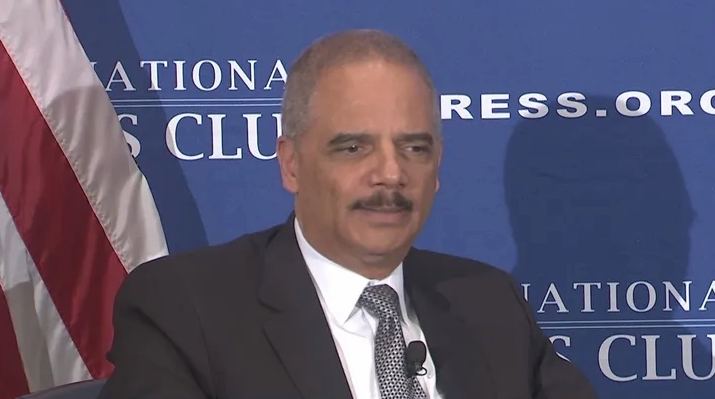In 2016, Allen Michael Emigh was convicted of violating Section 113.291.1(b) of the N.C. General Statutes, which states, “No wild animals or wild birds may be taken … [w]ith the use or aid of any artificial light.”) At trial, the officer who issued the cititation testified that he had “observed a pick-up truck in the middle of a field with a spotlight emanating from the interior of the vehicle and sweeping across the field,” that he had “heard gunshots coming from the direction of the pick-up truck,” that “two of the three firearms located in the vehicle were typical ‘small- to mid-caliber rifles’ used to hunt deer,” and that he had “observed blood in the back of the pick-up truck [which the occupants claimed] was from a deer killed earlier in the day.” While there was evidence, in the form of tracks, that the field was “a place frequented by deer,” the officer did not observe any deer, alive or dead at the scene.
Mr. Emigh appealed his conviction. He claimed the trial court’s instructions to the jury were prejudicial because they included this statement: “A person takes a deer when he intends to hunt deer and engages in any operation constituting an attempt to do so by sweeping a spotlight over a field and firing a weapon across the field.”
In an opinion filed today, the North Carolina Court of Appeals denied Mr. Emigh’s appeal. Writing for a unanimous three judge panel, Judge Berger noted that the trial court’s statement was consistent with Section 113-302(b) of the General Statutes, which sets out what is required to make a prima facie case for the crime of “taking deer with the aid of an artificial light”:
The flashing or display of any artificial light between a half hour after sunset and a half hour before sunrise in any area which is frequented or inhabited by wild deer by any person who has accessible to him a firearm, crossbow, or other bow and arrow constitutes prima facie evidence of taking deer with the aid of an artificial light.
Judge Berger therefore held that, “The court’s instruction was not the expression of an opinion, but rather an accurate restatement of the prima facie evidentiary requirements for the charged offense,” and added:
Even if, assuming arguendo, the instruction was improper, which it was not, Defendant failed to demonstrate prejudice. There was sufficient evidence to support the jury’s verdict. … [T]he evidence presented tended to show that the field where Defendant was observed was one frequented by deer, and that spotlighting was a method used to hunt deer. Moreover, Defendant had two rifles commonly used for deer hunting, and admitted to discharging them multiple times. In addition, the jury heard evidence that there was blood in the pick-up truck from an earlier successful deer hunt.
It cannot be said that the instruction, based upon the evidence presented at trial, “probably resulted in the jury reaching a different verdict than it otherwise would have reached.” … Therefore, Defendant’s argument is overruled.


